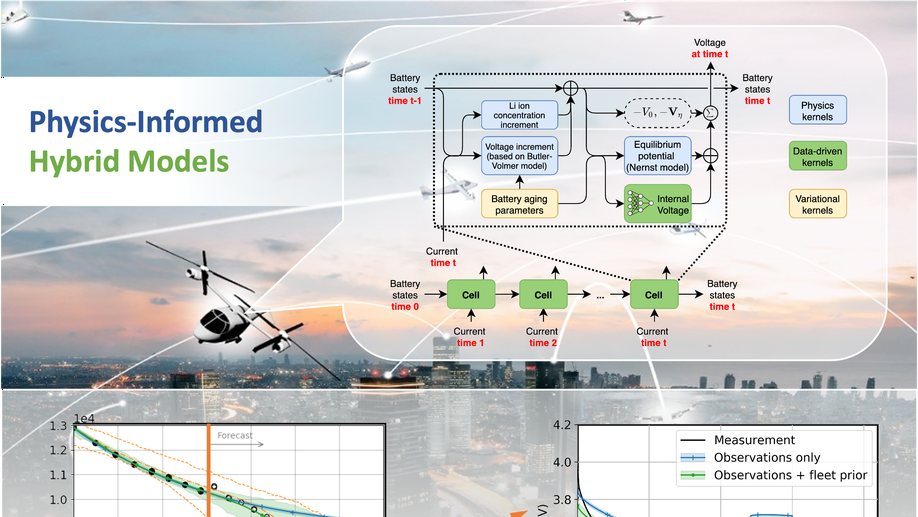Renato G. Nascimento
AI Applied Scientist
Intel
Biography
I’m an Applied Scientist and AI Engineer with over 15 years of R&D experience in software for consumer and industrial applications. I’ve developed and deployed AI solutions, empowering data science teams to build and visualize multiple analytics models and techniques at scale, deployed to diverse cloud services. With a BSc in Computer Science and Ph.D. in Mechanical Engineering, I’ve created novel methods combining physics-based knowledge with Deep Learning frameworks creating hybrid AI solutions. In my research in collaboration with the Diagnostics and Prognostics lab at NASA Ames, we enabled fast and accurate monitoring of Lithium-ion batteries with probabilistic hybrid machine learning.
Interests
- Machine Learning
- Physics-Informed Neural Networks
- Data Visualization
Education
-
PhD in Mechanical Engineering, 2022
University of Central Florida
-
MSc in Aerospace Engineering, 2020
University of Central Florida
-
BSc in Computer Science, 2014
UNESP - SP, Brazil

